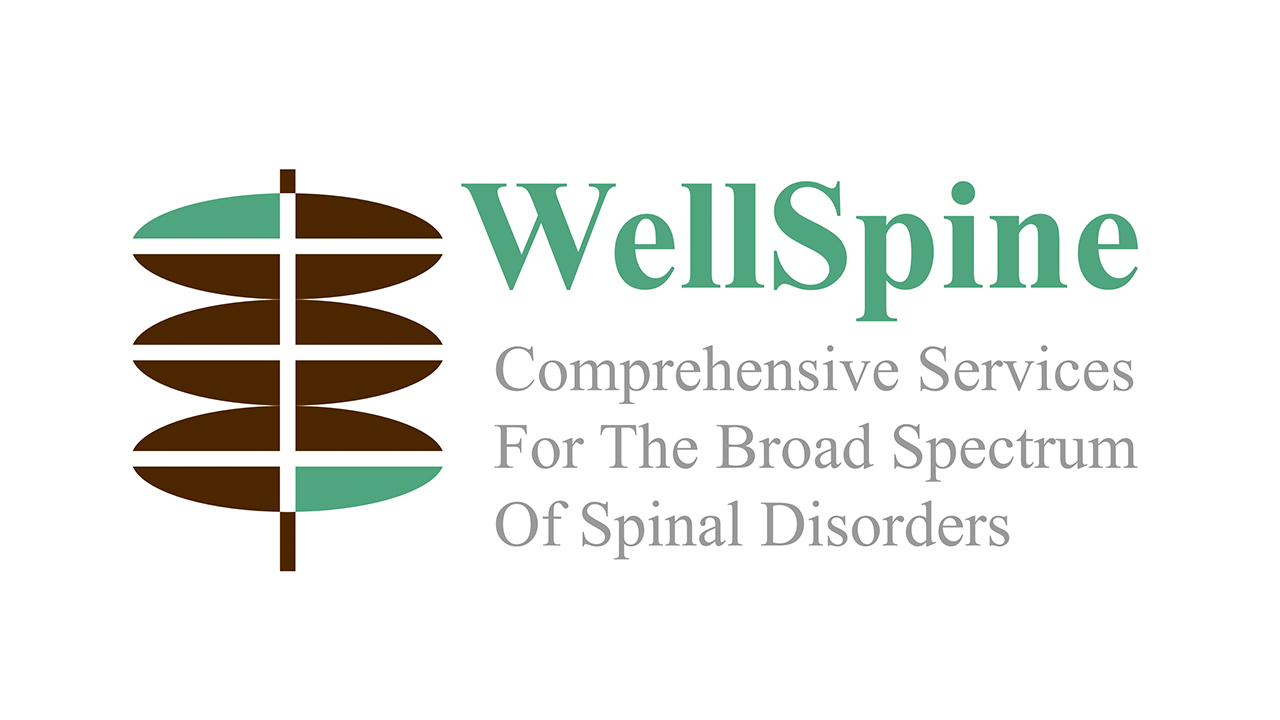ProDisc C Total Disc Replacement
An Alternate to Cervical Fusion
Neck and Cervical Spine Anatomy
The vertebral bodies encase the spinal cord to provide protection. When stacked on top of each other, they form the spinal column which provides stability for the head and upper body. The spinal cord and the nerve exits are located within the spinal canal.
The intervertebral discs are located between the vertebral bodies. These discs cushion shock forces, acting as “shock absorbers”. The discs in conjunction with the vertebral joints facilitate motion by turning, stretching, and bending the neck.

Degenerative Changes of the Spine
Degenerative changes of the spine occur from natural aging associated with pathological changes of the vertebral bodies, intervertebral discs, ligaments, and vertebral joints.
These changes can greatly limit both the mobility and stability of the spine.
The stability of the spine can also be compromised by unnatural weight distribution caused by a hereditary abnormality, or a lack of movement associated with a sedentary lifestyle. Any previous operation or trauma to the spinal column can also cause a loss of stability.
Any form of instability can progress to become a pain generator.
Get Informed
ProDisc C Total Disc Replacement
The treatment goal of the prodisc C Total Disc Replacement is to restore the normal dynamic function of the spine and to significantly reduce pain.
The function of the spine is restored through the mechanism of action of the device. Pain reduction is achieved through the re-establishment of the disc height and maintained by the prosthesis. The increase in height and the elimination of the herniated disc “opens” constricted nerve paths and the vertebral joints are restored to their physiological position.
Prior to the development of artificial discs, the only surgical option was a fusion, in which adjacent vertebral bodies are “fused together” permanently using implants, bone chips, and/or cages. The goal of prodisc C is to maintain mobility at the affected intervertebral disc and to reduce the extra loading on the adjacent intervertebral discs.
Maintain Mobility
Degenerative disc disease can destabilize segments over time. In addition, performing the surgical discectomy is inherently destabilizing, as it involves the removal of the Anterior Longitudinal Ligament, the disc, and often, the Posterior Longitudinal Ligament. In the absence of these restricting structures, it is important for a disc replacement to have constraints in order to protect the facet joints.
In order to provide constraint, the prodisc mechanism of action enables movement with a fixed center of motion, enabling A/P translation only with flexion / extension.
Reduce Reoperations
The historical treatment for degenerative disc disease is to conduct an ACDF and fuse the joint. However, immobilizing a segment of the spine has been shown to increase the rate of adjacent-level degeneration. By enabling motion, prodisc is intended to decelerate adjacent level degeneration. A paper published on the results with the US IDE PMA clinical study on prodisc showed that, at seven years follow-up, patients had four times fewer reoperations of adjacent segments, compared to patients that received an ACDF.
Accelerate Recovery
The operative procedure to conduct a discectomy can be invasive and require recuperation. Special care has been taken to design the technique and instrumentation to minimize the recovery associated with the procedure. A review of nearly 7,000 patients in the Blue Health Intelligence Claims Database showed that patients who received a prodisc C experienced significantly shorter length of hospital stays compared to patients who received an ACDF.
Contact Us.
Email Us
info@wellspinepa.com
Call Us
(214) 819-9600
Dallas Office
12655 Central Expy, Suite 650
Dallas, TX 75243
Fort Worth Office
6491 Southwest Blvd.
Benbrook, TX 76132
Odessa Office
850 North Tower Drive, Suite 104
Odessa, TX 79761
